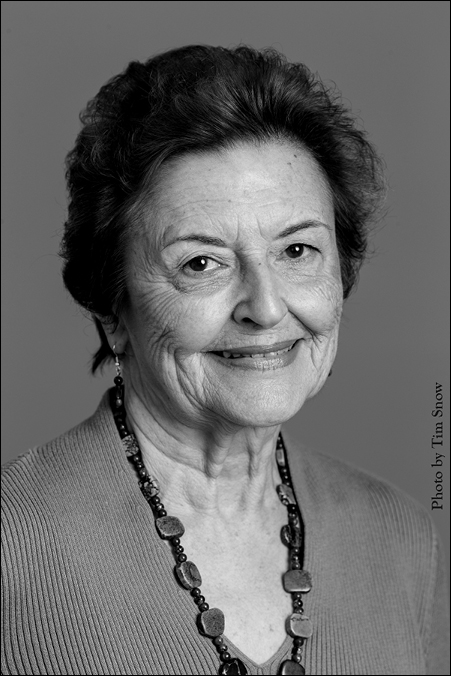Jeanne Dugas of Acadia (23 page)
Read Jeanne Dugas of Acadia Online
Authors: Cassie Deveaux Cohoon

What Became of...
C
harles Dugas, not taken captive in the MacKenzie raid because he was ill, left Nipisiguit about a month later. He took his wife and children to settle in Tracadièche (now Carleton, QC). One of his sons, Joseph, married a daughter of Alexis Landry and they eventually settled in Caraquet, NB. Joseph and his father-in-law were among the Acadians who obtained land in Caraquet under a government grant similar to that given to the settlers of Chétican. Charles Dugas died in Tracadièche in 1801 at the age of ninety. Many of his descendants can be found there and in Caraquet today.
J
oseph Dugas, after his escape from Georges Island in 1762 to hide in Chedabouctou, emigrated to St. Pierre et Miquelon two years later. His marriage to Louise Arsenault was rehabilitated there in 1766. In November 1767, as a result of French policy, he was deported to France, only to be forced to return to St. Pierre et Miquelon the following spring. In 1778, when the British captured St. Pierre et Miquelon, Joseph Dugas was again deported to France. He lived his last years in penury and died in Saint-Servant in 1779 at the age of sixty-five. His wife died five months later.
A
braham Dugas escaped Georges Island with his brother Joseph and followed him to Chedabouctou, St. Pierre et Miquelon, France and back to St. Pierre et Miquelon. He then remained on this continent. He and his family are believed to have spent some time in Newfoundland and they were settled in the area of Clare, NS, by 1772, where many of his descendants can be found today. This is the area where the first land grants were given to Acadians after the end of the Seven Years War; it is now known as the French Shore.
J
oseph Leblanc dit Le Maigre left Georges Island in 1763. He followed Joseph Dugas to St. Pierre et Miquelon and he too was deported to France in 1767. He settled in Belle-
Ãle-en-Mer, in the village of Kerval with other Acadian refugees and died there in 1772.
C
harles des Champs de Boishébert was involved in the last battles in New France in 1759 and 1760. After the fall of Montréal, he retreated to France, where he was imprisoned in the Bastille, accused of having profited personally from the purchase of supplies for the starving Acadians. He was acquitted after serving fifteen months in prison. He spent his last years in France at Raffetot, an estate he acquired through marriage, where he died in 1797.
Brief Glossary
un aboiteau
- dyke system that allows reclaimed marshland to be farmed
le cabotage
- coastal navigation
un caboteur
- a coastal navigator
charpente construction
- timber frame with rubble stone infill.
un clavecin
- harpsichord
Compagnies franches de la Marine
- the main organization for the defence of New France
un concordat
- agreement
un conte
- fairy tale
à contre-gré
- against one's will
la layette
- baby clothes
Lettres de Marques
- licence to arm a vessel, engage and capture merchant ships that otherwise would be piracy
une paillasse
- straw mattress
une pastorelle
- story in verse on pastoral themes
un piquet
- vertical log construction
une sage-femme
- midwife
une soirée
- party
têtu
- stubborn
une veillée
- vigil, wake
Place names
No longer in use or changed:
Baie Française, now the Bay of Fundy
Camp de l'Ãsperance, an Island in Miramichi Bay, NB
Canceau, now Canso, NS
Chédabouctou, near Canso, NS
Chétican, now Chéticamp, NS
Chezzetcook, Halifax, Co., NS
Chipagon, Shippagan, NB
La Petite Rochelle, on Miramichi Bay, NB
Magré, Margaree, Cap Breton, NS
Miré, Mira bay and river and village, Cap Breton, NS
Neireishak, now Arichat, Isle Madame, NS
Nipisiguit, now Bathurst, NB
Port-la-Joye, Prince Edward Island
Port Toulouse/Potlotek, St. Peter's, Cap Breton, NS
Remshic, now Wallace, NSÂ
Richibuctu, Richibouctou, NBÂ
Ristigouche, Restigouche, NB
Havre Hébert, Les Ãles-de-la-Madeleine, Québec
About the author

Photo by Tim Snow
C
assie Deveaux Cohoon was born in the Acadian village of Chétican on Cap Breton Island, Nova Scotia. Her Acadian heritage goes back to the early days of Grand Pré on her father's side and Beaubassin (now Amherst) on her mother's. She has lived in New York City and Paris, France, and now makes her home in Montréal, Québec. She has worked as a freelance journalist and written family histories. Her first novel,
Severine
, told the story of a fictitious heroine of Acadia. In
Jeanne Dugas of Acadia
, the author tells the story of one of her own ancestors. One of Jeanne Dugas's granddaughters married a son of Augustin Deveau, another founder of Chétican and the author's paternal ancestor.
